We recently connected with Jonathan Feldman and have shared our conversation below.
Jonathan, appreciate you joining us today. Learning the craft is often a unique journey from every creative – we’d love to hear about your journey and if knowing what you know now, you would have done anything differently to speed up the learning process.
After finishing high school, I went to college to study Biochemistry. However, I didn’t enjoy it as much as I thought. Following my older brother’s advice, I pursued Art Criticism. While in school, I became fascinated with the role of curators, especially as they were gaining prominence in Argentina at the time.
A friend of mine was working at a boutique hotel in the colonial area of Buenos Aires, San Telmo, and we decided to revamp the hotel’s aesthetics, which we felt were outdated. This idea evolved into a series of exhibitions and public events, such as concerts, conferences, and poetry readings, held in different spaces within the hotel. Our focus was on providing a platform for emerging artists who hadn’t showcased their work before, allowing them to experiment while we honed our curatorial skills. Despite the limited budget and the small spaces, I curated 6-7 exhibitions, which presented significant challenges. However, the experience was invaluable as it allowed me to learn the practical aspects of curating and helped me develop my curatorial style.
Following these shows, I curated projects for various institutions, focusing on themes like identity, migration, traditions, environment, and LGBTIQ+ issues. Over time, I developed a transdisciplinary, decolonial, contemporary, and collaborative curatorial practice. Concurrently, I established a career as a researcher and professor, specializing in modern and contemporary Latin American art, museum and curatorial studies, and art markets. I also completed a Master’s degree in Art Curation, with my thesis on the artivism of Arde! Arte, a collective of art activists. This led to my work being selected as a part of BienalSur, the first South American contemporary art biennial. Subsequently, with the support of a research fellowship, I pursued a PhD in Comparative Art Theory, focusing on the behavior of an art fair within the local art scene.
I strongly believe that the essential skills for an art curator include a deep understanding of art history and the contemporary global art scene, the ability to build networks and connections, and the flexibility to collaborate with diverse professionals, artists, and others in the artistic community.
Looking back, I wish I had realized earlier that I wanted to become a curator. This would have allowed me to pursue more formative experiences, obtain my degrees sooner, and take advantage of additional internships. Despite facing financial challenges, juggling full-time work, and studying at an older age while raising a family, I believe my path toward a career in curation has been rewarding. My background in the hard sciences has provided me with a unique perspective and has greatly contributed to my professional growth.

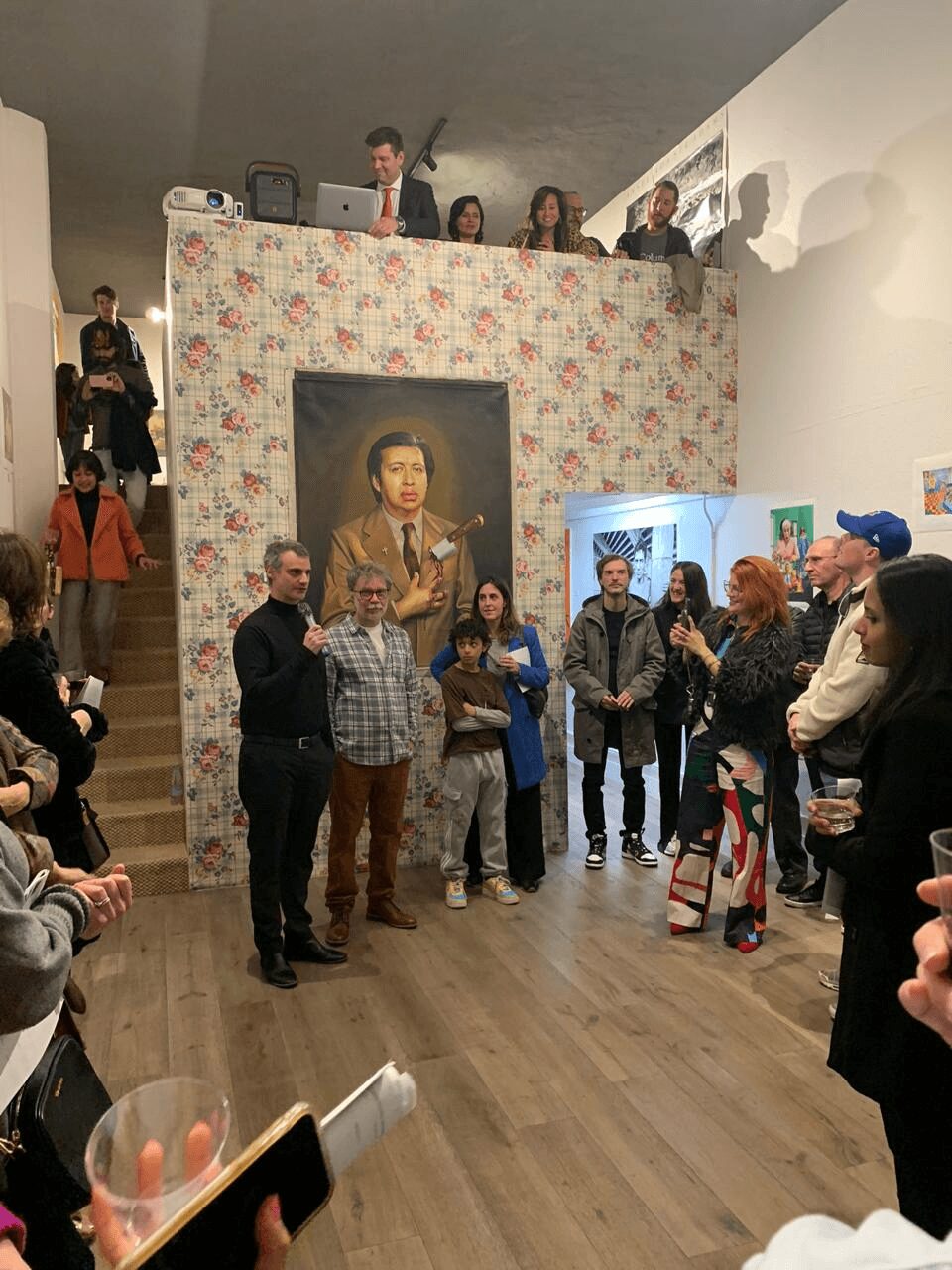
Great, appreciate you sharing that with us. Before we ask you to share more of your insights, can you take a moment to introduce yourself and how you got to where you are today to our readers.
I have over 10 years of experience in the arts, with expertise in curation, research, education, and tourism. My background includes a focus on modern and contemporary art, as well as museum and curatorial studies.
Originally, I pursued biochemistry and worked in the pharmaceutical industry. However, I eventually realized that this career path wasn’t fulfilling for me. I then discovered a passion for art criticism and decided to pursue a bachelor’s degree in this field. While studying, I became increasingly interested in curatorial practice and research. I participated in research and development projects and gained professional experience, including a teaching role at the University of the Arts in Buenos Aires. Additionally, I co-founded an exhibition and public events program, which allowed me to further cultivate my skills. After completing my PhD, I was awarded a grant for a graduate internship at the Getty Research Institute, where I worked in the Exhibitions department, producing exhibitions and supporting curators of modern and contemporary collections.
Currently, I offer a range of curatorial services, including researching archives and artworks, developing and executing curatorial projects such as exhibitions and art fairs, organizing public programs like conferences and workshops, and writing articles and texts for various mediums. I also provide consultancy services for art collectors, investors, and institutions. Furthermore, I have extensive experience in leading arts and culture tours for diverse audiences. This experience has inspired me to initiate a tourism project which is currently in its early stages of development.
My unique background in biochemistry and pharmaceuticals, combined with my dedication to overcoming obstacles, has shaped me into a resilient and adaptable professional. I believe that my South American upbringing has further equipped me to handle challenges with ease. I take great pride in supporting emerging artists and earning the respect of my colleagues and clients. I have a strong track record of collaborating effectively with professionals in various roles, and my contributions have been recognized in institutions and by fellow professionals. In my work, I prioritize the specific needs of each client, approach each task collaboratively, and seek to provide innovative solutions to challenges.

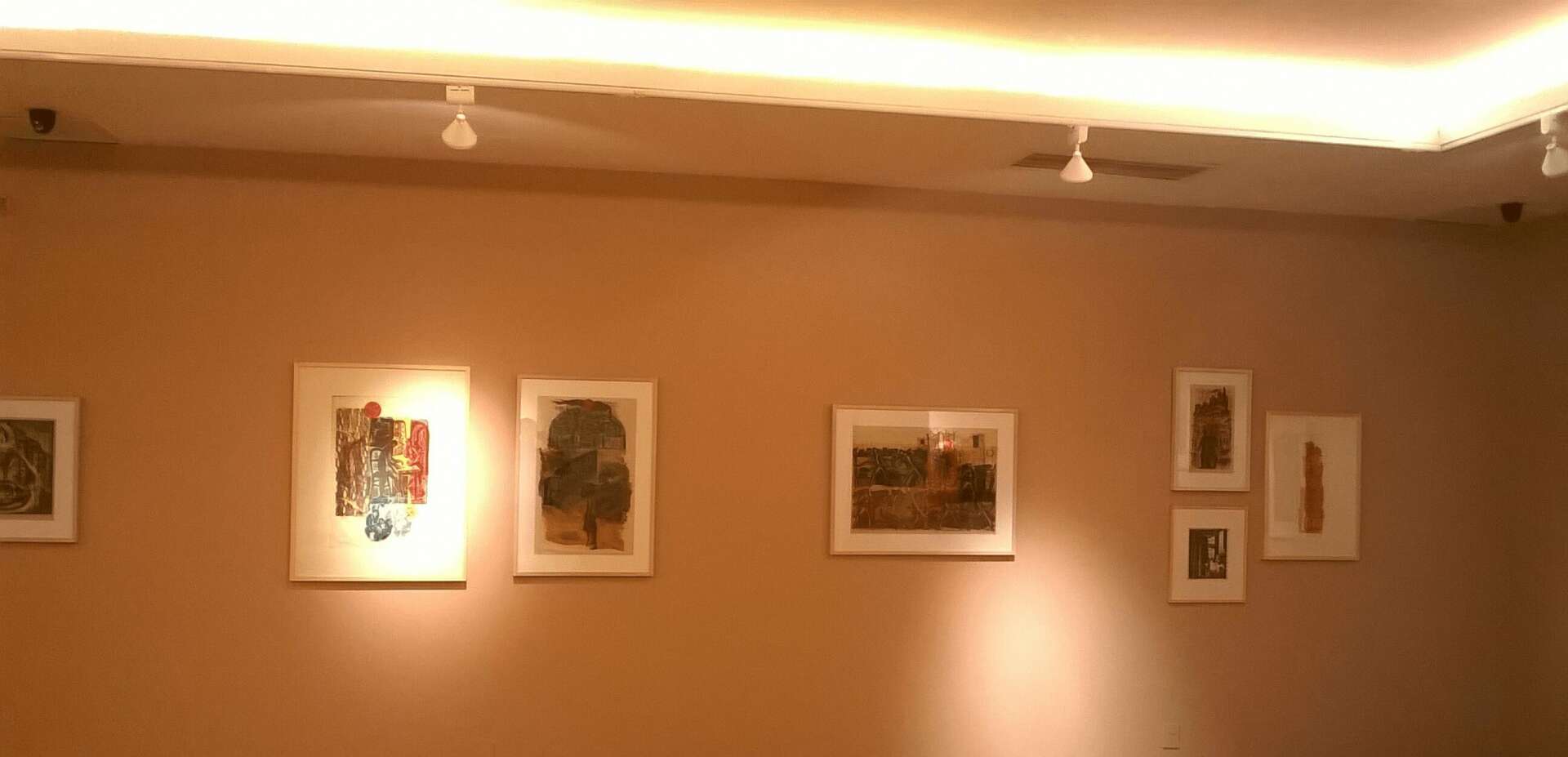
Is there mission driving your creative journey?
It is important to differentiate between goals and a mission. Goals help you fulfill your mission, but they can also extend beyond it to meet your professional or personal satisfaction. My mission is to expand the reach of art to new audiences who may not be interested in the current art scene, to develop cultural projects focusing on specific communities, and to make art accessible to all. This means reaching out to spaces and people that have been overlooked and questioning the role of art collections, institutions, and the definition of artwork. It’s crucial to promote diversity, equity, accessibility, and inclusiveness in art museums, particularly by engaging with projects and communities that can help shift the dominant narratives in these institutions. Creating exhibitions and public programs on topics such as migration, environmental issues, specific ethnicities, and marginalized identities would help to build larger and more inclusive audiences.
In terms of goals, I can divide them into professional and personal. Professionally, I aim to continue developing my work in curation, research, and teaching in excellent environments with talented colleagues. It would be a dream to collaborate or work at renowned museums like MoMA or the Guggenheim and assist in creating more diverse and inclusive exhibitions and programs. Regarding my startup tourism business, my goal is to offer an experience that blends sightseeing with deep cultural and artistic exploration. My first step is to complete product development, followed by seeking clients within the cultural tourism market. To achieve this, I will need to research potential collaborators, partners, and sponsors to expand my network.
Regarding my personal goals, I think we all strive for happiness. I hope to achieve a better work-life balance as I approach retirement age, enabling me to spend more time with family and friends. I also wish to continue exploring the world through travel, as it gives me a broader perspective and a deeper understanding of different cultures and ways of life.
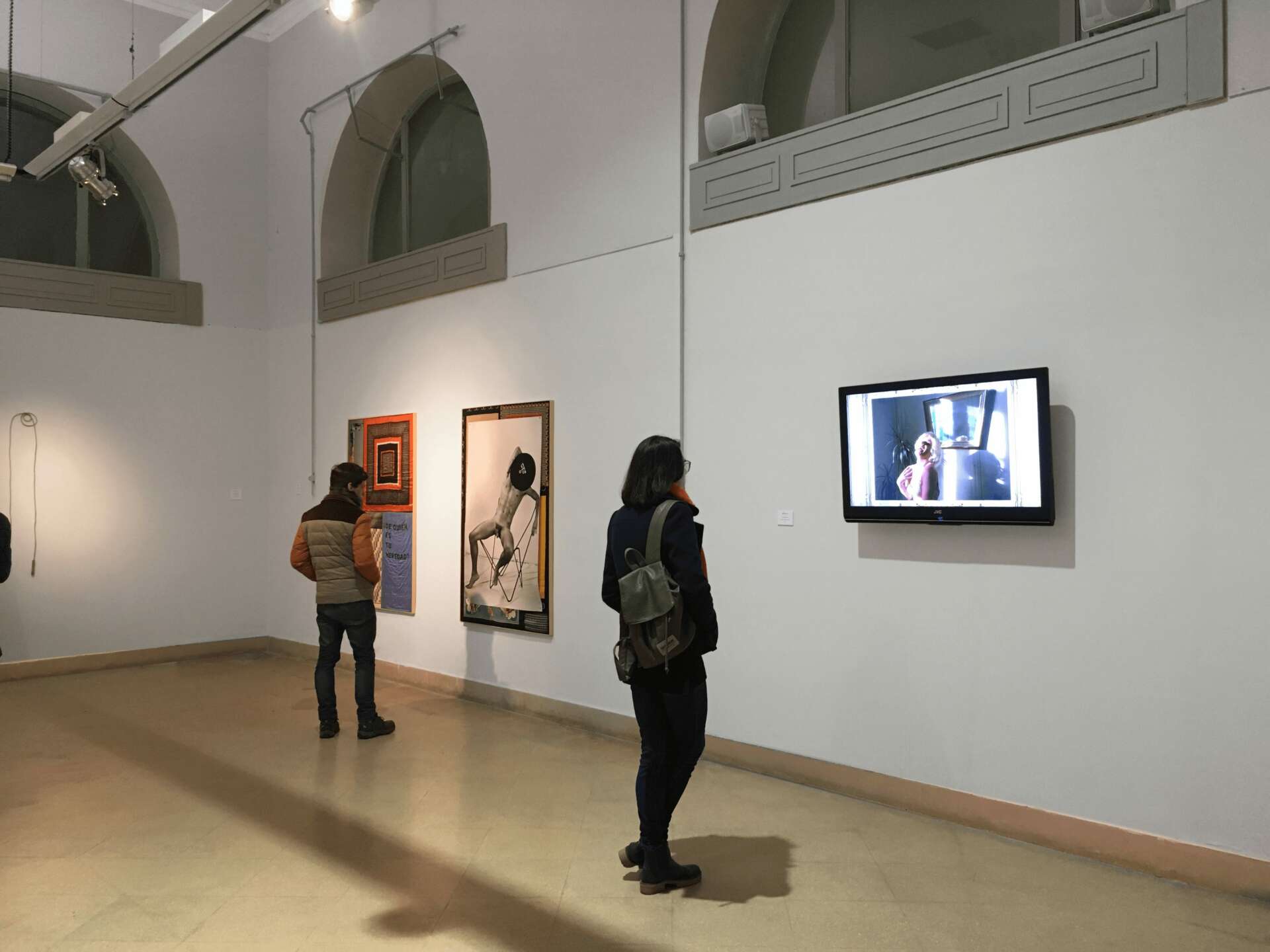
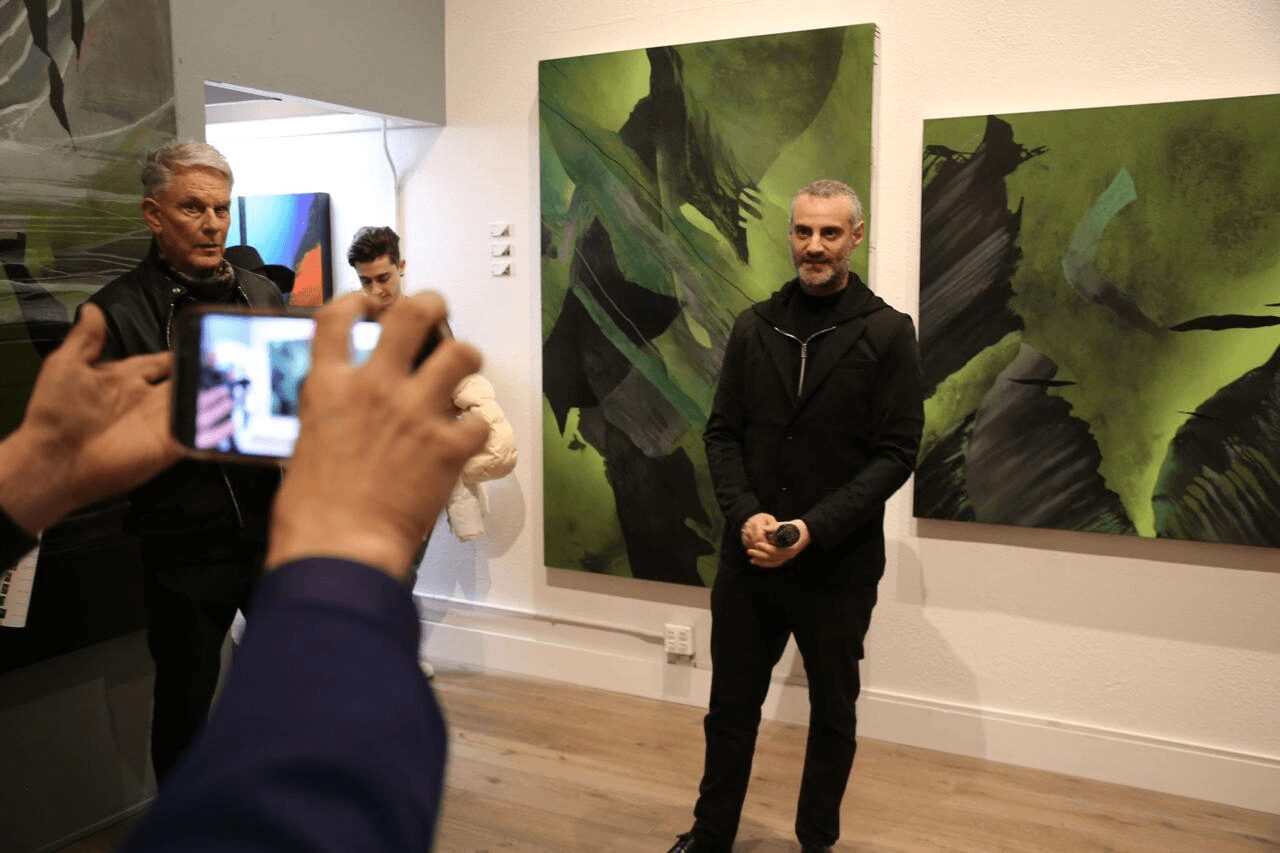
What’s the most rewarding aspect of being a creative in your experience?
Being creative has connected me with wonderful people and projects, as well as some of the most amazing artworks, institutions, and events in the field. Having these opportunities has been gratifying both personally and professionally.
However, the most rewarding aspect of my journey is helping artists, students, and clients achieve their own goals. I’ll never forget when a student of curatorial studies approached me after class to thank me because taking that course helped them cope with the tragic loss of their spouse. On a different note, witnessing the joy of emerging artists I exhibited at the hotel, and being able to share their happiness with their families and friends, has been one of the most rewarding experiences of my life.
I feel that doing what I do is a privilege that I cannot take for granted. In my opinion, creative work exists to bring something good to this world and make it better. Working with heterogeneous communities and clients has shown me that, regardless of our role or the type of work we do, we can always find ways to contribute to something larger than ourselves. Having a successful career and being able to do what we like is great, but what makes it even more rewarding for me is knowing that my work will help others fulfill their dreams or at least create great experiences and lasting memories.
Contact Info:
- Website: https://view.genial.ly/6507288ae7c8e600117426d3/personal-branding-jonathan-feldman-portfolio
- Instagram: https://www.instagram.com/jonathan.feldman.83/?hl=es
- Facebook: https://www.facebook.com/jonathan.feldman.798
- Linkedin: https://www.linkedin.com/in/jonathan-feldman-phd-2a0794a/
- Youtube: https://www.youtube.com/@jonathanfeldman

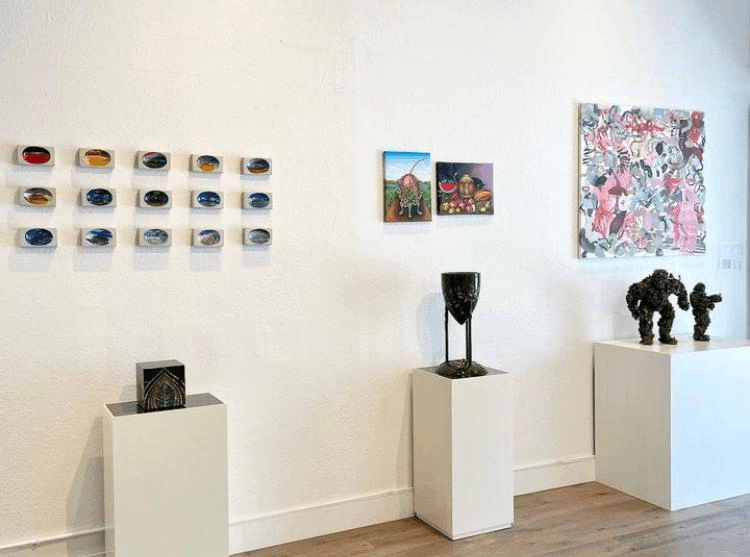
Image Credits
“Victor Rebuffo, impresiones de un hombre moderno” (2015) at MUNTREF
“Imaginary/Identitary” (2018) at Casa de Misiones
“En el borde(r)” (2019) at MACLA
“Riotous”, “At the edge”, and “Into the organics” (2023) at Pablo Bogdan Modern and Contemporary Gallery
All images taken by Jonathan Feldman and Pablo Bogdan


